Filmmaker Farhan Akhtar on Wednesday officially announced the third part of his popular action franchise Don, which will star a new actor.
Farhan, who directed the first two parts featuring Shah Rukh Khan, shared a post about the upcoming project on social media.
"A New Era Begins," read the tagline in the short clip set on the theme of Don.
The first Don released in 2006 and the second installment came out in 2011 with Shah Rukh and Priyanka Chopra Jonas in the lead reprising their characters.
The franchise started after Farhan and Ritesh Sidhwani's banner Excel Entertainment bought the rights to the Amitabh Bachchan-starrer 1978 film of the same name, written by veteran writer duo Javed Akhtar and Salim Khan.
Farhan said he is set to take the film series forward in a new interpretation with "an actor whose talent and versatility" he has long admired. It will release sometime in 2025.
"The time has now come to take the legacy of Don forward and joining us in this new interpretation will be an actor whose talent and versatility I have long admired.
"We hope that you will show him the love you have so graciously and generously shown to Mr Bachchan and Shah Rukh Khan. A new era of Don begins in 2025," the director-writer said in a statement shared on social media.
Farhan, also known for directing films Dil Chahta Hai and Lakshya, said he had a great time working on the Don franchise, which stemmed from the enigmatic character created by his father and Salim Khan.
"In 1978, a character created by Salim-Javed and portrayed by Mr. Amitabh Bachchan with effortless elan captured the imagination of theatergoers across the country. That enigmatic character was Don.
"In 2006, Don was reimagined and brought to life by Shah Rukh Khan in his own irresistibly charming way. From Don's sardonic wit to his cool but menacing fury, Shah Rukh embodied his persona. As writer & director, I had a great time creating not one but two, 'Don' films with Shah Rukh, and both experiences remain very close to my heart," he added.
In May, Ritesh had said the third installment was in the "scripting" stage.
"Till my partner (Farhan) finishes writing it, we won’t do anything. Right now, he is in the phase of completing the script… Even all of us are eagerly waiting to see Don,” the producer had told.

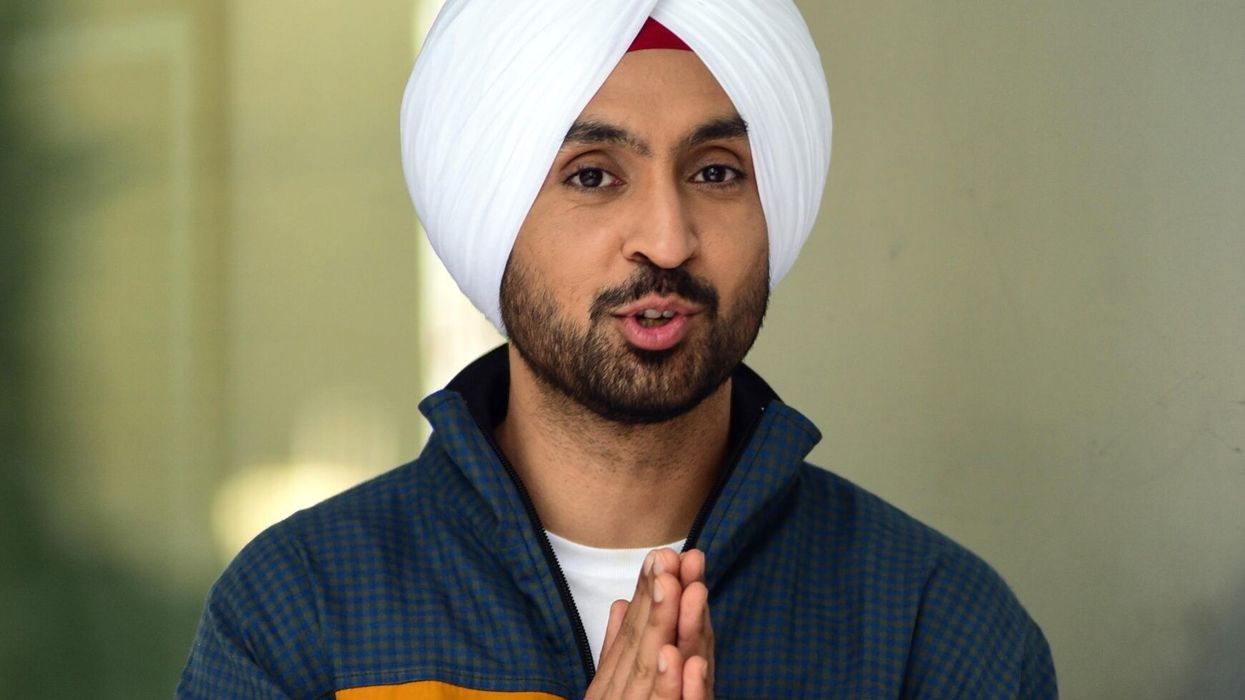

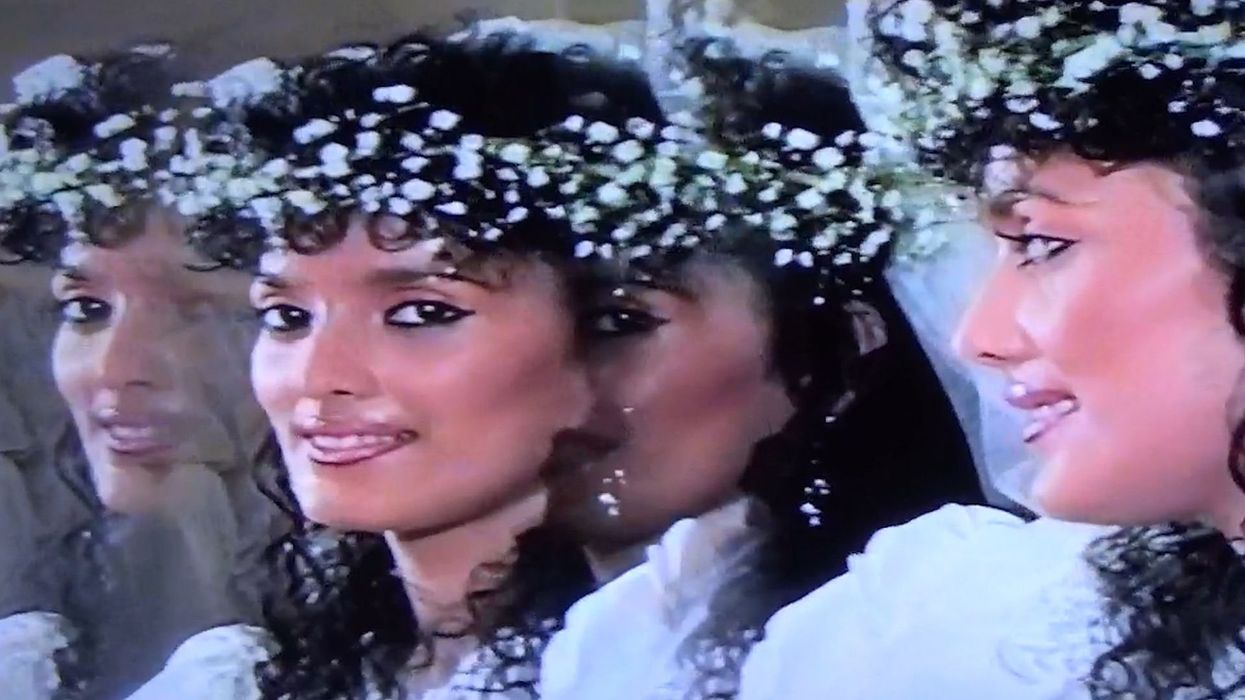


 Rick Davies, British rock legend of Supertramp, dies at 81 Getty Images
Rick Davies, British rock legend of Supertramp, dies at 81 Getty Images  John Helliwell, Rick Davies, Roger Hodgson, Bob Siebenberg and Dougie ThomsonGetty Images
John Helliwell, Rick Davies, Roger Hodgson, Bob Siebenberg and Dougie ThomsonGetty Images  Rick Davies, Supertramp’s guiding force, dies at 81Getty Images
Rick Davies, Supertramp’s guiding force, dies at 81Getty Images 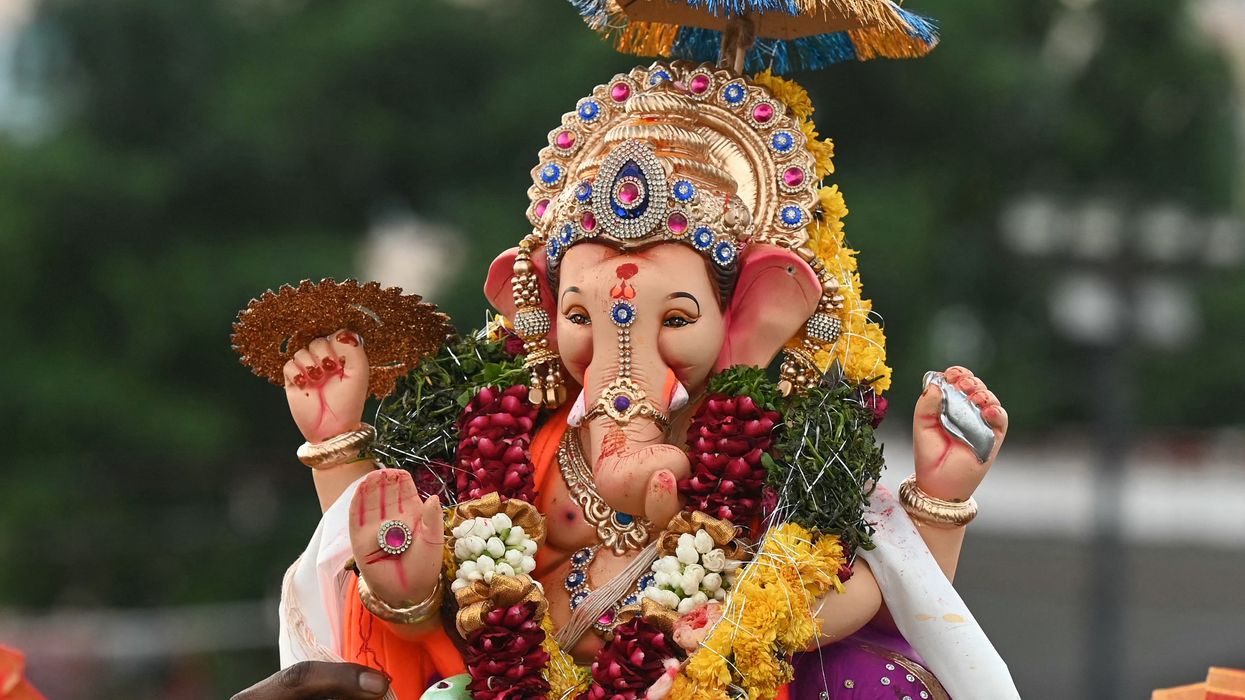

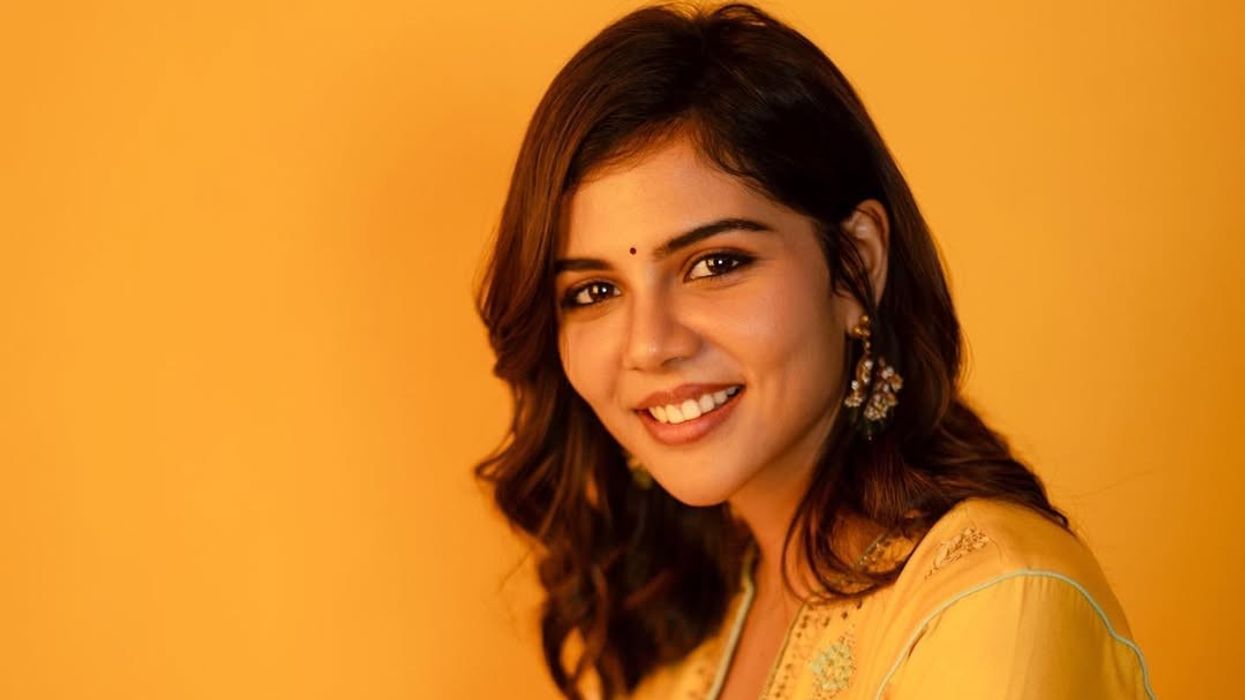

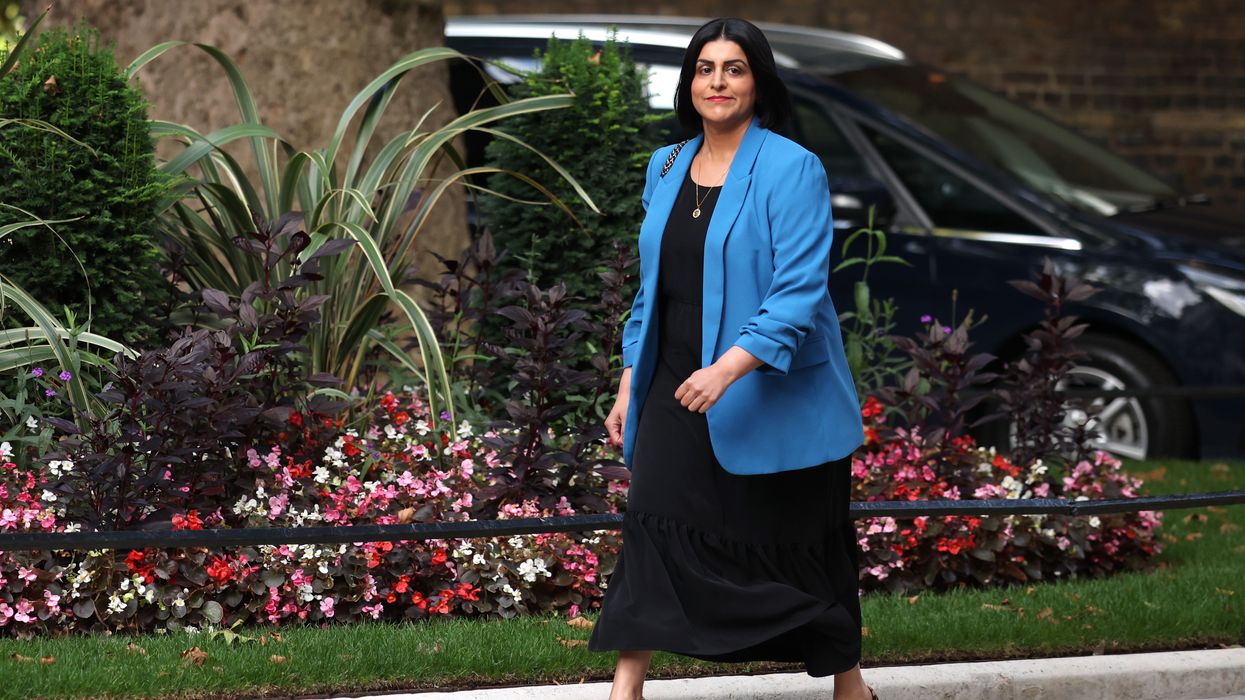
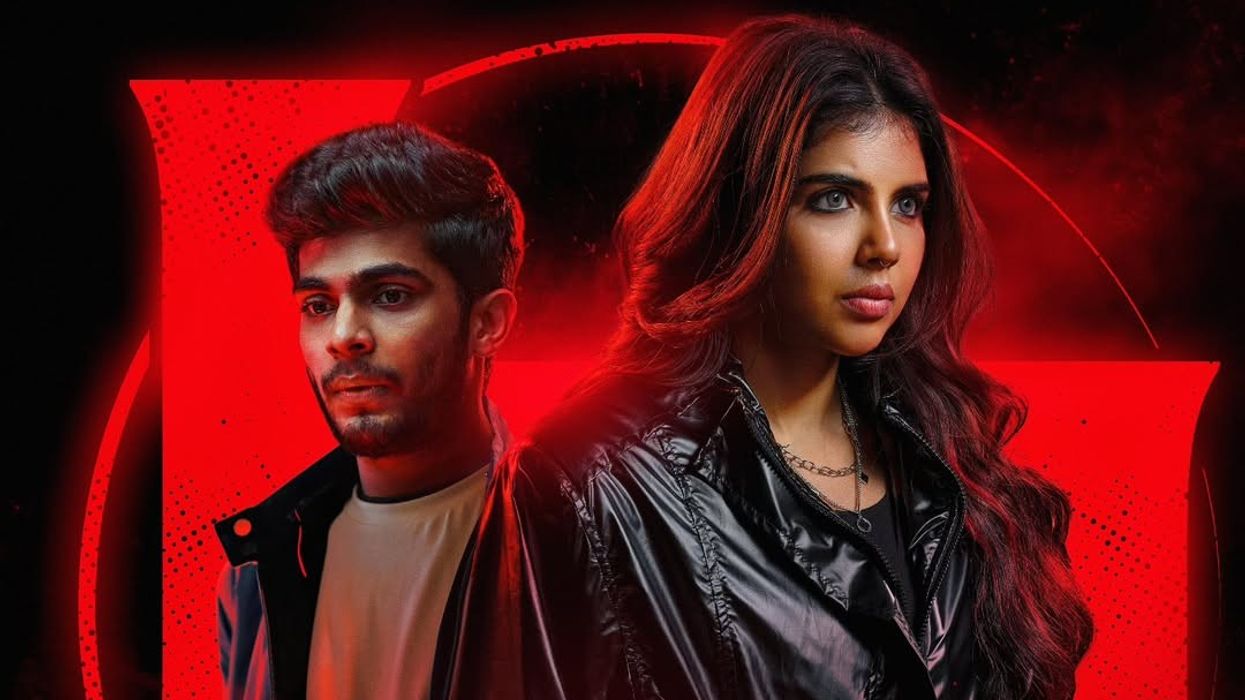


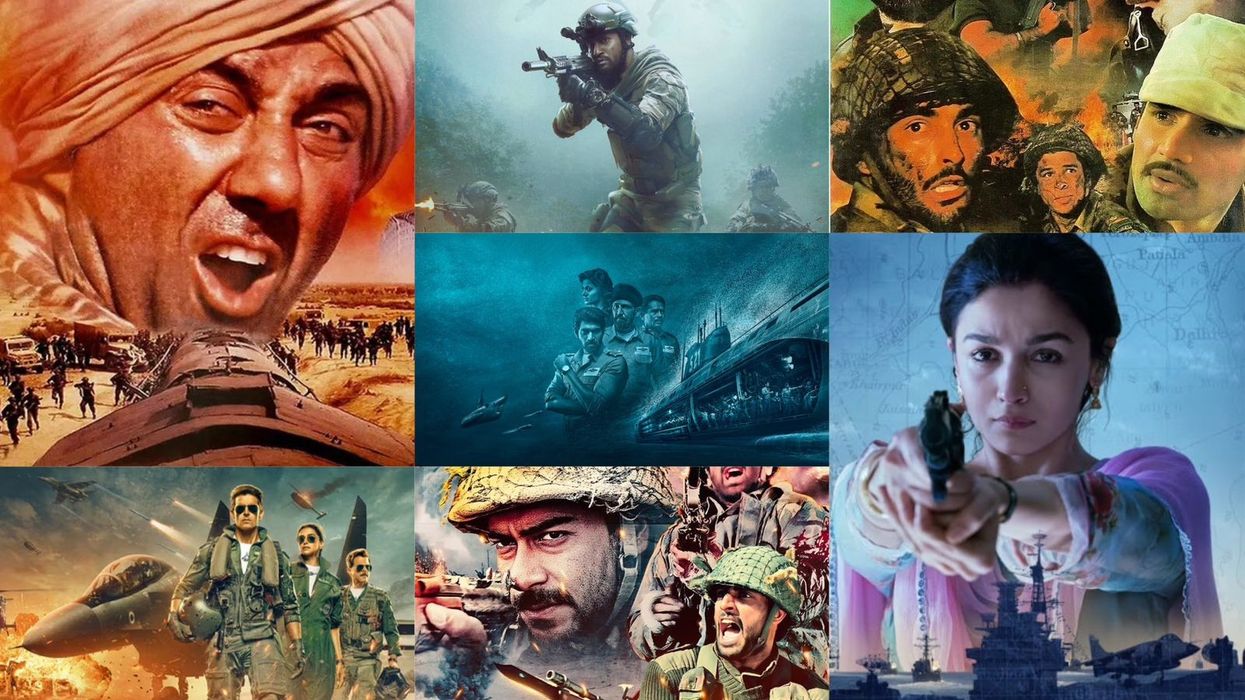



 Giorgio Armani’s journey from window dresser to fashion emperor Getty Images
Giorgio Armani’s journey from window dresser to fashion emperor Getty Images 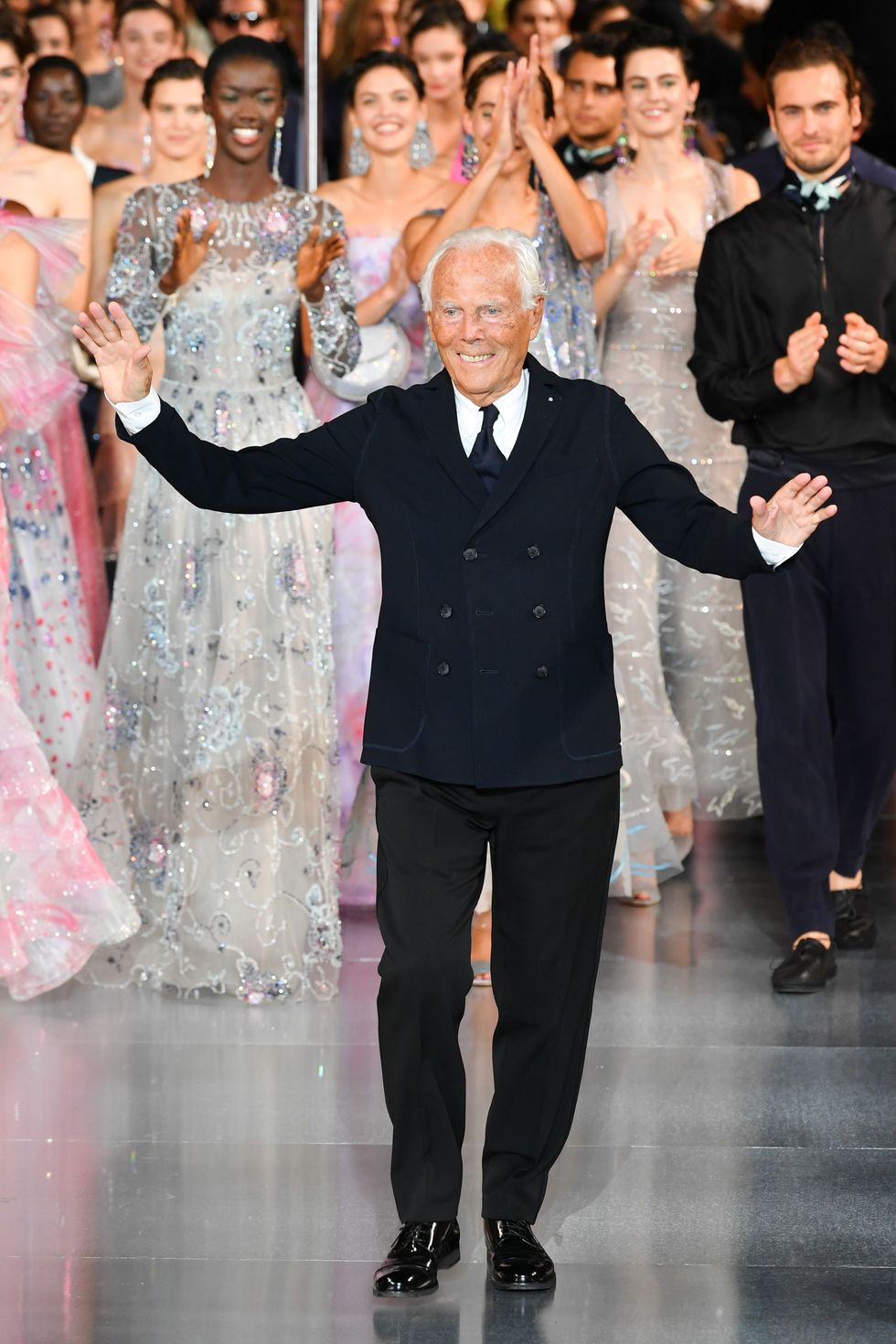 How Giorgio Armani redefined elegance in ten chaptersGetty Images
How Giorgio Armani redefined elegance in ten chaptersGetty Images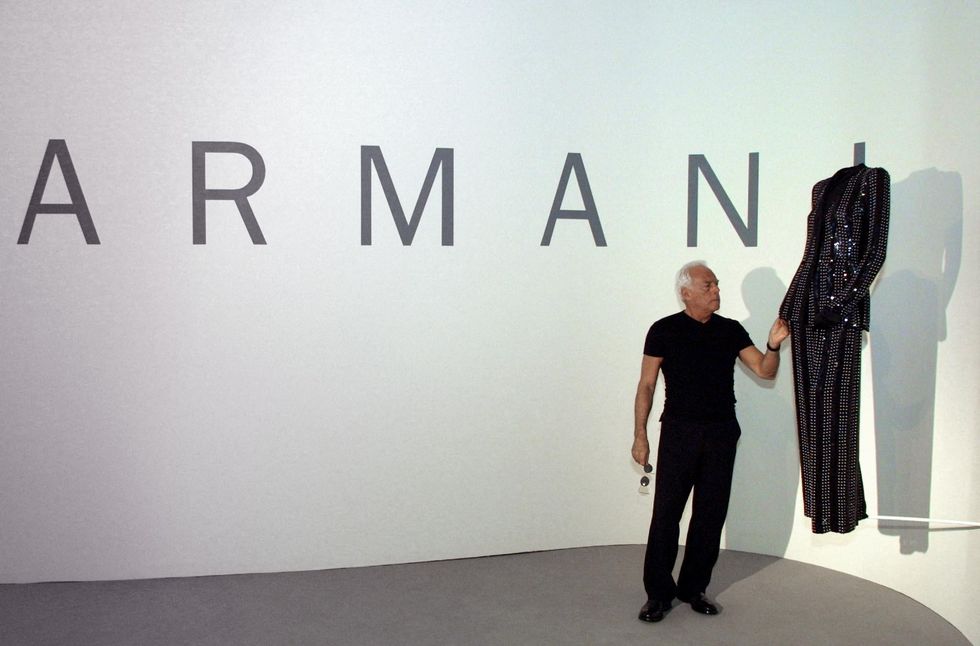 The life and legacy of Giorgio Armani in ten actsGetty Images
The life and legacy of Giorgio Armani in ten actsGetty Images Giorgio Armani’s quiet revolution that changed fashion foreverGetty Images
Giorgio Armani’s quiet revolution that changed fashion foreverGetty Images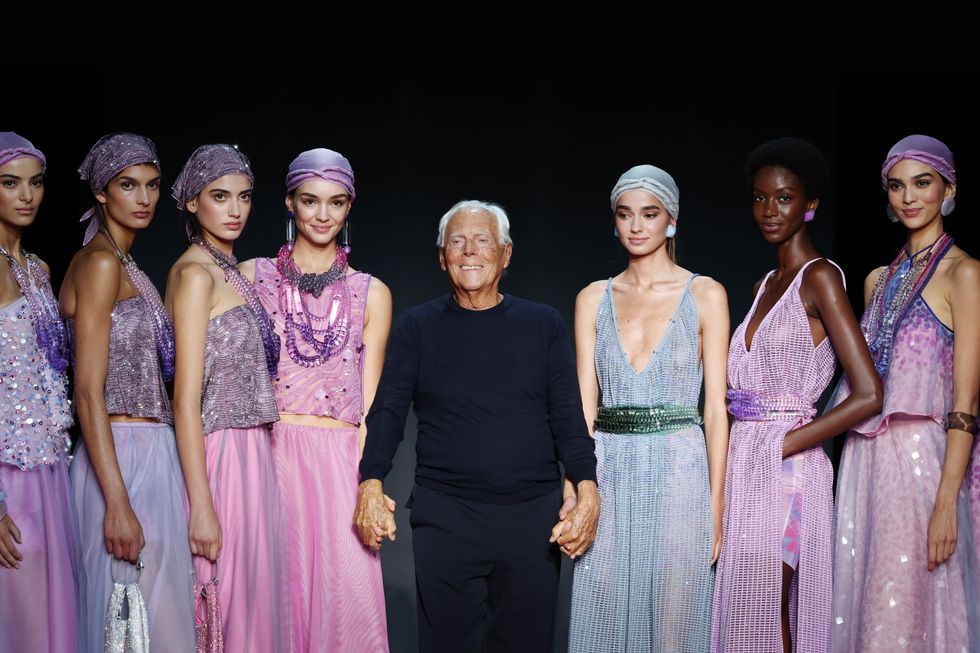 Ten defining moments in the life of Giorgio ArmaniGetty Images
Ten defining moments in the life of Giorgio ArmaniGetty Images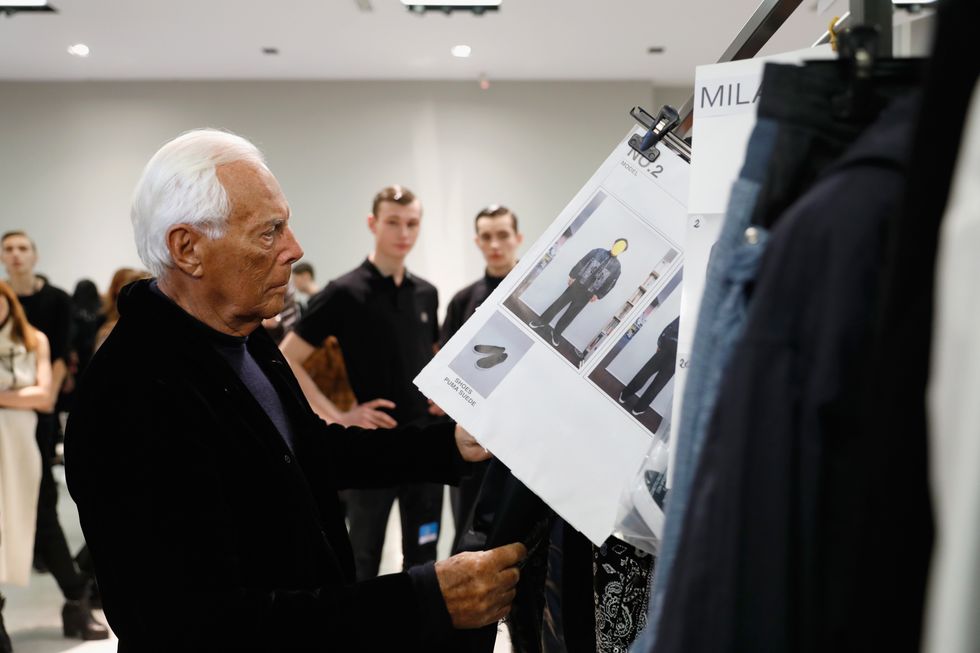 The timeless legacy of Giorgio Armani in ten chaptersGetty Images
The timeless legacy of Giorgio Armani in ten chaptersGetty Images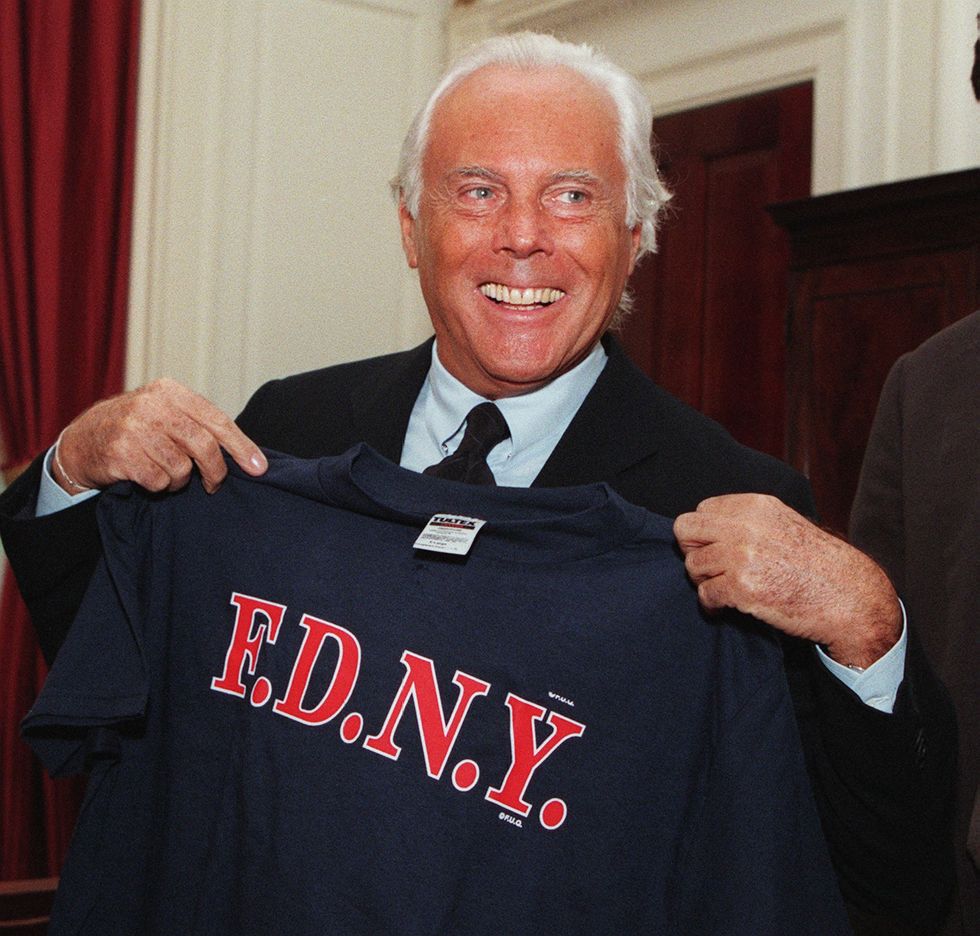 How Giorgio Armani built a global style empireGetty Images
How Giorgio Armani built a global style empireGetty Images Remembering Giorgio Armani through his most iconic momentsGetty Images
Remembering Giorgio Armani through his most iconic momentsGetty Images Armani’s empire: fashion, lifestyle, and legacy in ten stepsGetty Images
Armani’s empire: fashion, lifestyle, and legacy in ten stepsGetty Images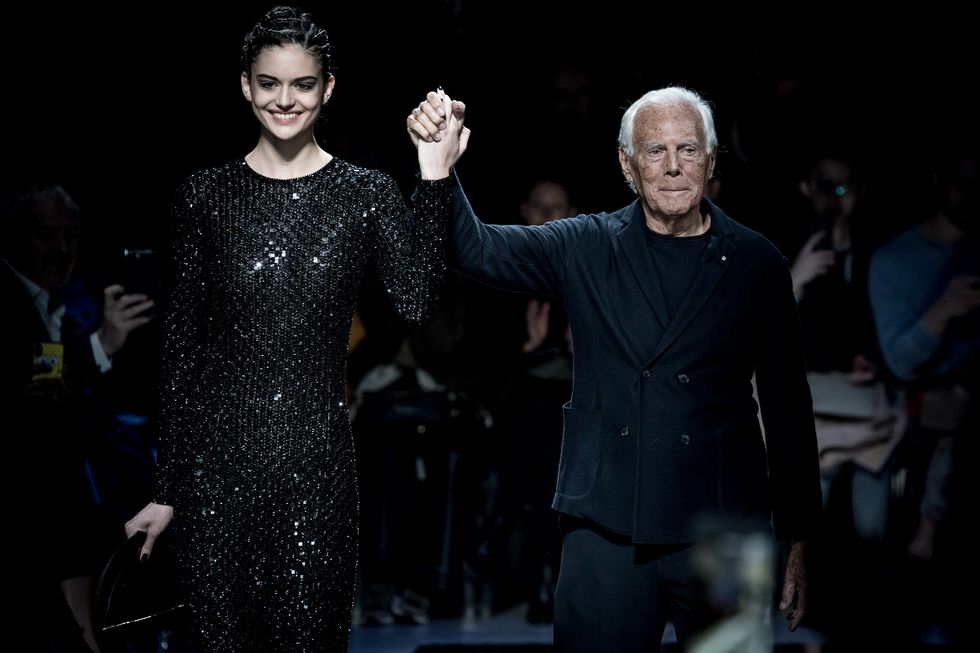 Armani’s quiet revolution: fashion’s minimalist emperorGetty Images
Armani’s quiet revolution: fashion’s minimalist emperorGetty Images Giorgio Armani’s timeless influence on global styleGetty Images
Giorgio Armani’s timeless influence on global styleGetty Images
 Geeta Basra returns with Meher after a decade away from films Instagram/geetabasra
Geeta Basra returns with Meher after a decade away from films Instagram/geetabasra 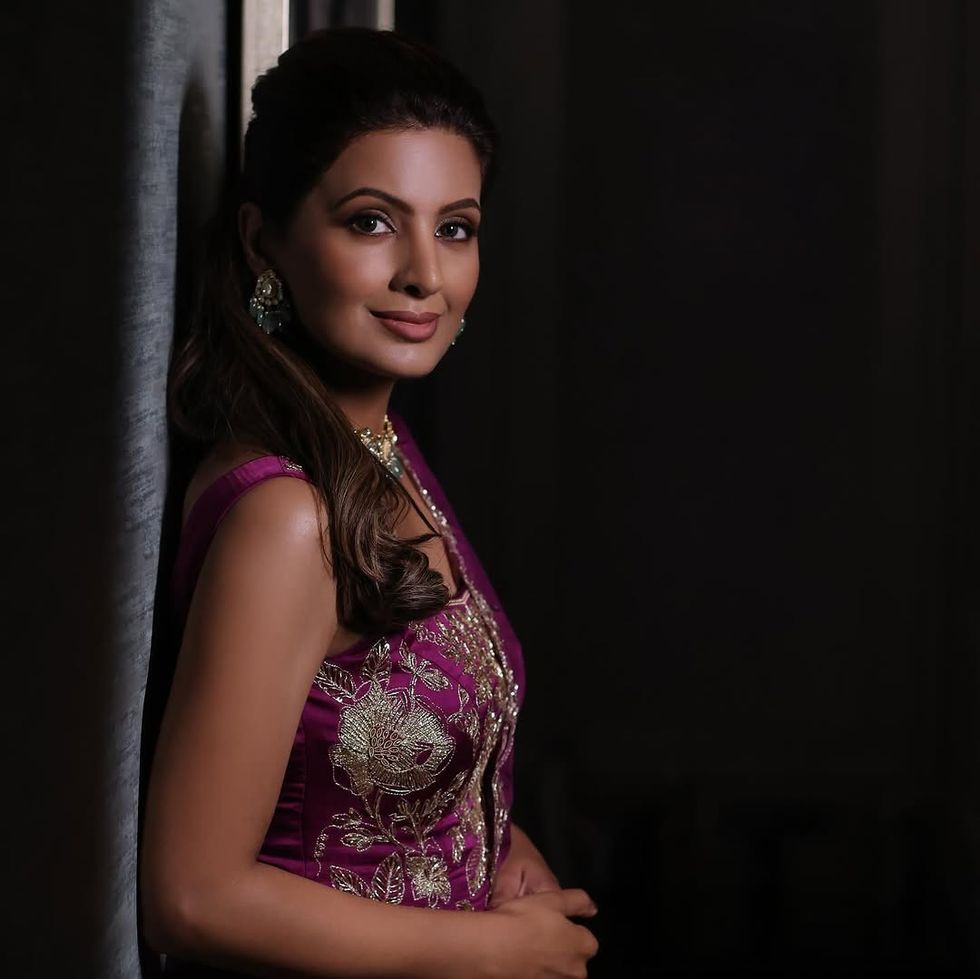 Meher marks Geeta Basra’s powerful comeback to Punjabi cinemaInstagram/geetabasra
Meher marks Geeta Basra’s powerful comeback to Punjabi cinemaInstagram/geetabasra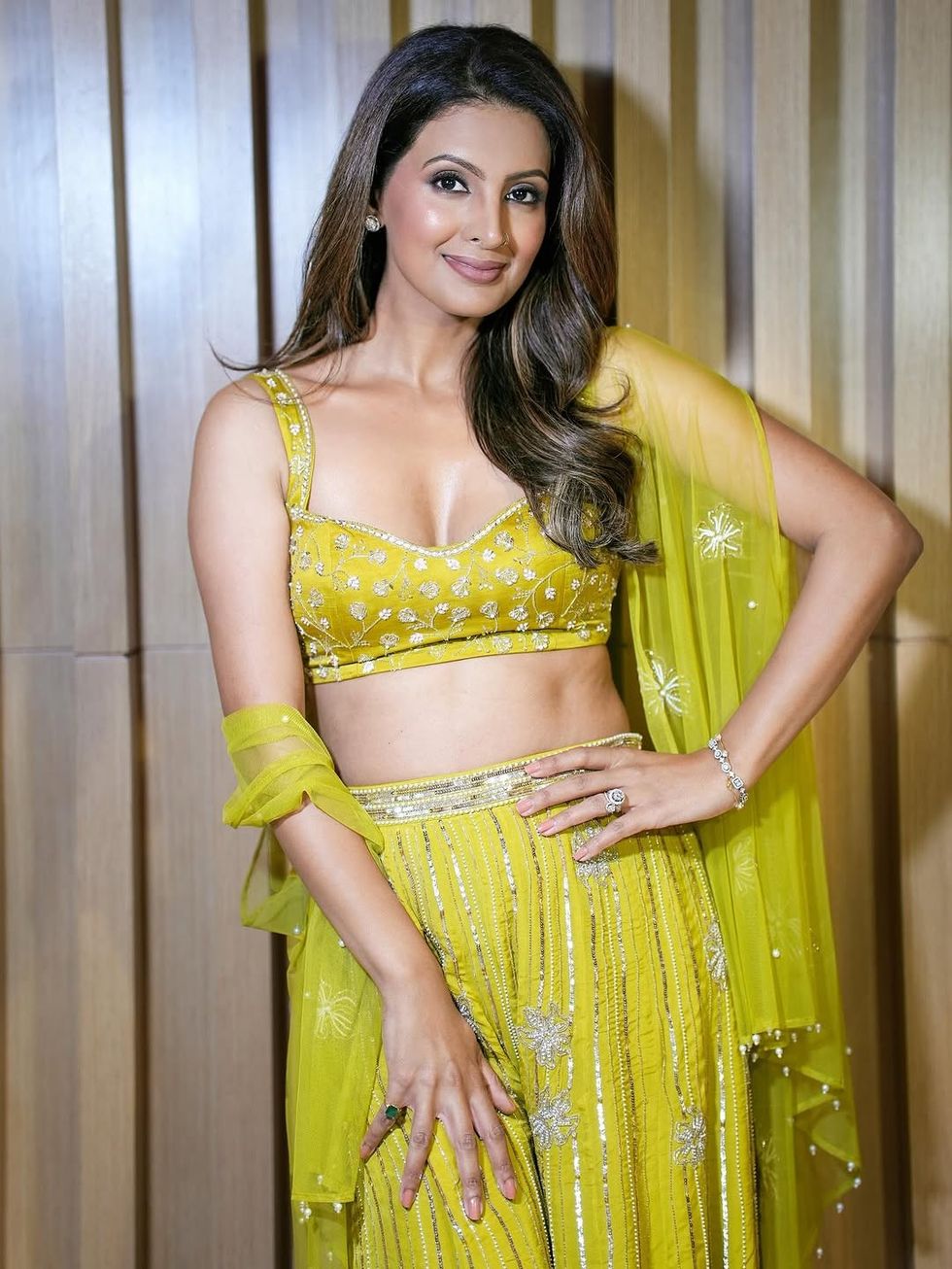 Geeta Basra says motherhood is her strength, not a setback in filmsInstagram/geetabasra
Geeta Basra says motherhood is her strength, not a setback in filmsInstagram/geetabasra British-born Geeta Basra opens up on comeback film MeherInstagram/geetabasra
British-born Geeta Basra opens up on comeback film MeherInstagram/geetabasra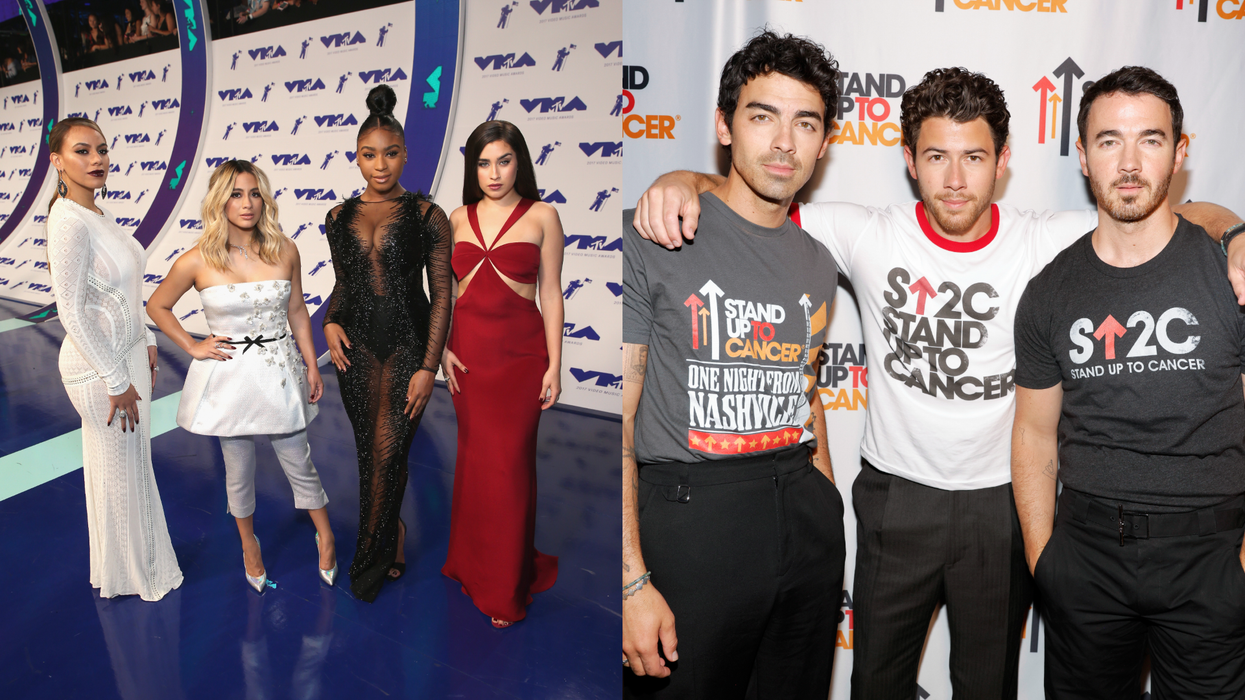
 Fifth Harmony reunite on stage in Dallas after seven years Getty Images
Fifth Harmony reunite on stage in Dallas after seven years Getty Images